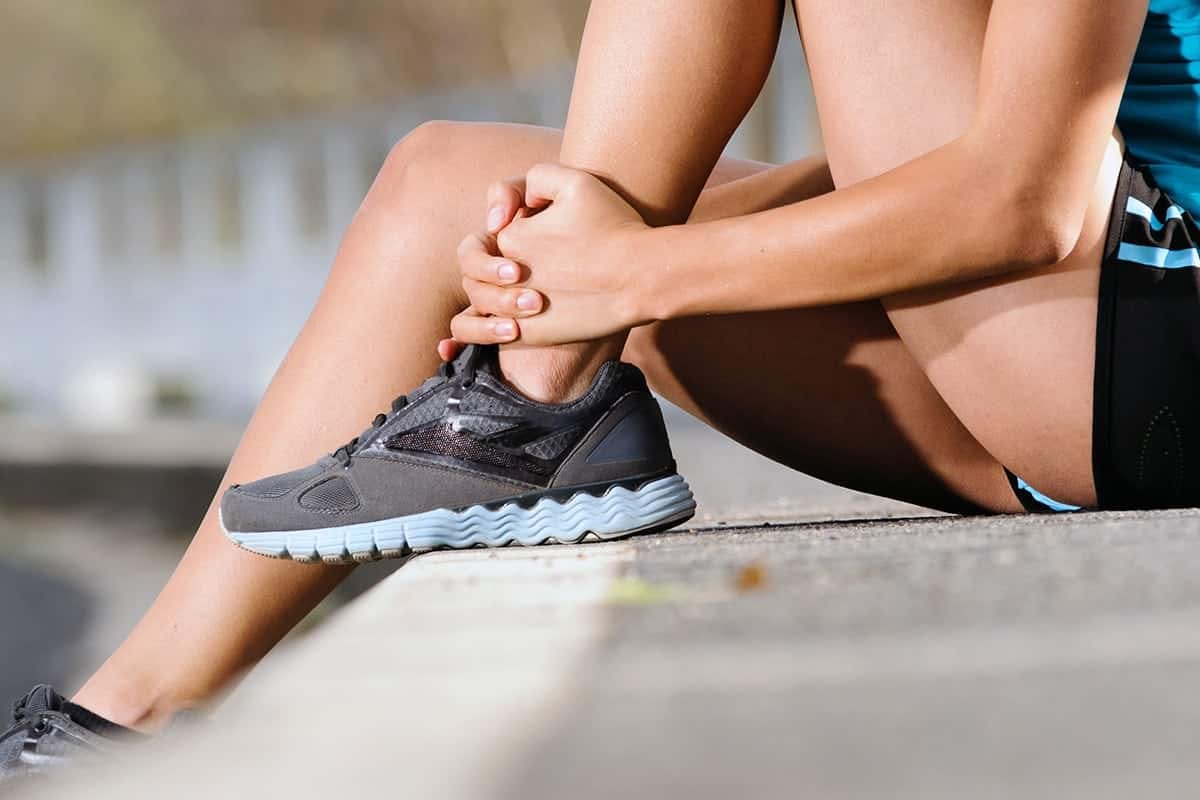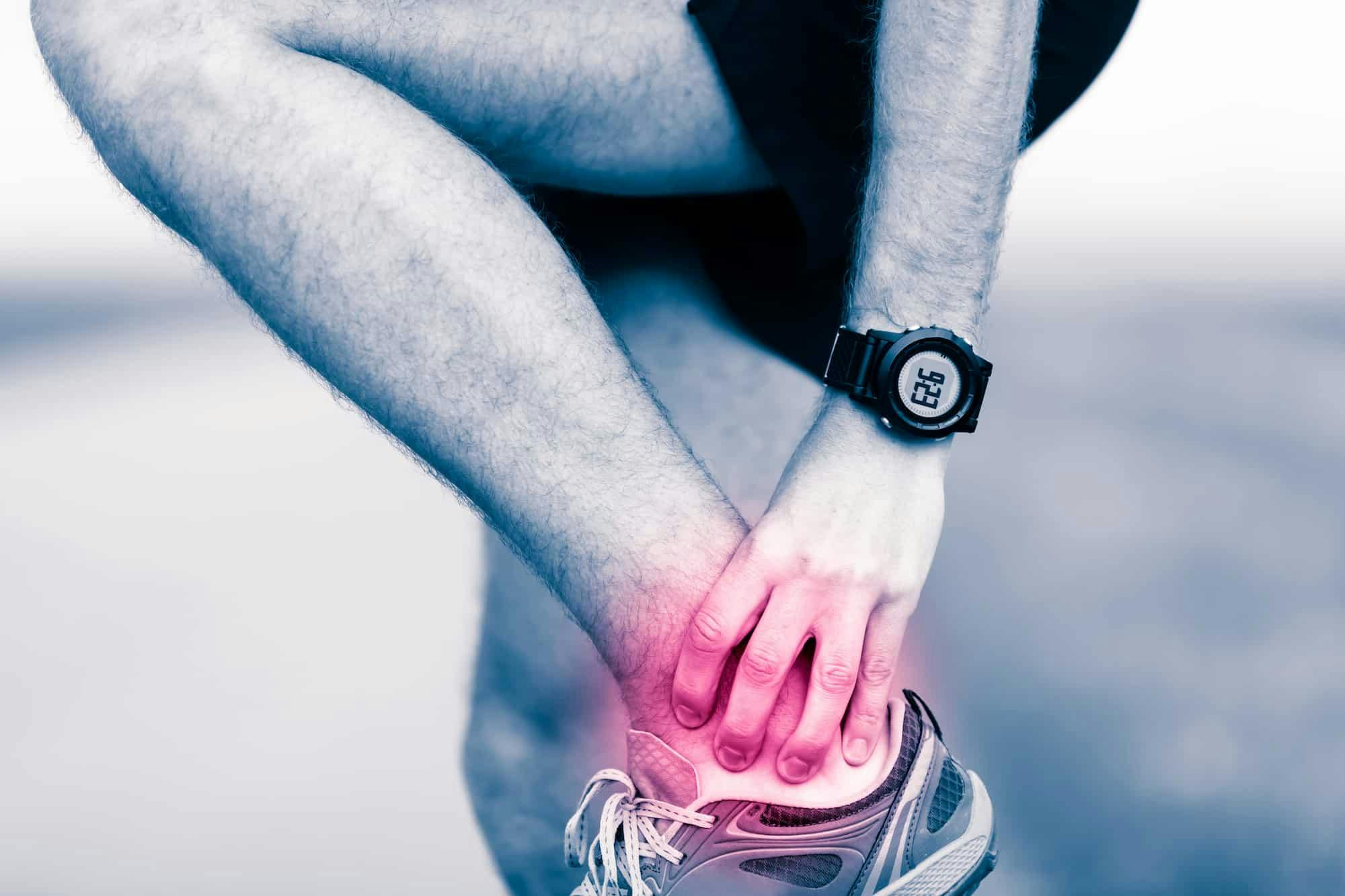- Blog
Tips to Prevent Running Injuries
Posted on 12-16-2025 in Running by Dr. Erik Nilssen

Posted on 12-16-2025 in Running by Dr. Erik Nilssen
Many of the common running injuries occur because of overtraining, overuse, a biomechanical flaw in body motion and structure, improper shoes, or a combination of all of them. While you should always apply common sense when running, below are five practical running injury prevention tips you can put in place on your next run this fall.
1) GET YOUR CORE STRENGTH TRAINING IN
Core stability is the key to preventing injuries in almost anything, but also running. You can increase endurance through strength training, which also helps with running performance. It improves the body’s strength and helps to reduce muscle fatigue, the latter of which can result in injuries and poor performance. Be sure to incorporate a couple of strength training sessions each week this autumn that includes plyometrics, hill running, and weightlifting as added exercises to increase your core strength and running form.
2) TREAT YOUR FEET TO GREAT RUNNING SHOES
It’s important that your shoes are the right model for your running style and are not worn out. You can cause pain in your legs, feet, hips, or knees, or develop plantar fasciitis, by wearing the wrong shoes. Get properly fitted for running shoes at a specialty running shop and change them after every 500 miles.
3) MAINTAIN FLEXIBILITY
Maintaining flexibility is important, particularly in the calves or heel cord for mid to forefoot runners. When your body is flexible, it realizes more endurance and strength, is less prone to injury, has a better range of motion, recovers faster, and just plain feels better when it is flexible.
You can enhance your performance with Range of Motion Exercises (ROME), which lengthens your muscles. To do this, you need to work each of your muscles. You simply contract each muscle’s opposite to relax the isolated muscle and lengthen it. You should perform this exercise quickly and gently, holding the position for a couple seconds only, and repeating 10 times.
4) BE SURE TO PACE YOURSELF
When runners push themselves too hard and too fast, it can result in running injuries. It’s important to pace yourself by building your weekly running miles up slowly each week as you enjoy the cool crisp air on your fall season runs. A good rule of thumb is to add no more than a 10 percent increase each week. Adding sprints can help you to safely build up endurance.
5) STAY HYDRATED
Water lubricates your joints and regulates your body temperature. Your body will not run at its peak performance if you are not properly hydrated. The American Council on Exercise suggests you drink no less than 17 ounces of water a couple hours before exercising and another 8 ounces around 30 minutes before you begin your warm-up. Every 10 to 20 minutes while you exercise, drink 7-10 ounces of water and another 8 ounces around 30 minutes after you have completed your workout. Sports drinks are good for high intensity workouts that last over an hour.
Dr. Erik Nilssen is the first physician in the south to offer a weight-bearing CT scanner for runners at his North Florida Bone & Joint Specialists at The Andrews Institute clinic. If you’re a runner, we encourage you to come in and get a scan of your feet with your running shoes on. This will help you see exactly how the running shoe fits, and if it is causing you any issues while running long distances.
The introductory price is $200 (or $150 if you bring in your racing bib) starting early 2016. The scan includes both feet in your running shoes, and you’ll get a CD copy of the scan to discuss the scan with a certified athletic trainer and options for footwear and exercise. Appointments are one hour and completed on Fridays only.
Call North Florida Bone & Joint Specialists at 855-998-FOOT to make an appointment for your weight-bearing CT scan for runners.

With summer in full swing and children taking advantage of more time to participate in sports-related or other outdoor activities, it’s essential to be mindful of injury prevention while encouraging their interest in activities that don’t involve screen time!

May is National Arthritis Awareness Month, and of the more than 100 forms of this painful condition, many can affect the ankle. In fact, almost half of people in their 60s and 70s have arthritis of the foot and/or ankle, but not all of them have symptoms.

Springtime in North Florida is the perfect season for gardening, but hours spent planting, pruning, and digging can take a toll on your body. At North Florida Bone & Joint Specialists, we often see patients with gardening-related injuries affecting the hands, upper extremities, shoulders, and knees. Whether you're a weekend hobbyist or an avid green thumb, practicing proper ergonomics can help ensure you stay injury-free while you enjoy your time outdoors.